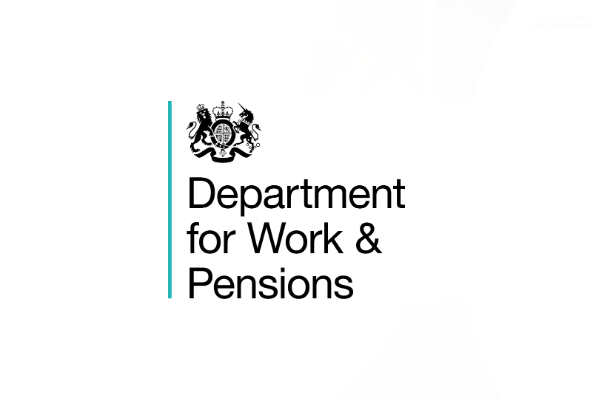The customer
Frederick Horniman’s first museum – his home, Surrey House – was a crowded space at the end of the 19th century. Its purpose-built successor, the present-day in Forest Hill, South London, is home to about 10% of the Horniman’s collection. We spoke to Collections Manager Adrian Holloway about the balance he strives to achieve between accessibility to the widest and most engaging range possible of the Horniman’s many stored objects, and free movement around its Study Collections Centre (SCC). And how, with help from Restore Records Management Heritage Storage Scheme, the Horniman is breaking new ground in dynamic, community-centred activities.
“Our founder, Frederick John Horniman, was a Victorian tea trader and philanthropist who made it his mission to ‘bring the world to Forest Hill’. He was well-known as a collector and, by the late 19th century, his large house was overflowing with objects, specimens and artefacts from all over the world.
“More than 100 years later, the Horniman Museum and Gardens is housed in Frederick Horniman’s 1901 purpose-built museum building and its subsequent extensions. In that time, the collection has also continued to grow, with the majority stored at the SCC.
And that’s where we enter the frame in the 21st century. Space is still our major challenge in costeffectively managing our stored collections of anthropology, musical instruments and natural history. Sadly, our budgets for storage don’t ever seem to increase so it’s often a juggling act enabling visiting researchers, artists and academics to see our fantastic collections in a meaningful and engaging setting.
“Over the years we’d tried moving some objects out to local external storage for short periods, just to give us some elbow room while working on specific areas of our collections. But that still left us overcrowded and unable to make our collections accessible. On one occasion, we had to turn down a request to study some of our Egyptian artefacts because we simply could not clear a safe access way to actually view the objects.
“We were given a reprieve in 2012 with the good news that we would receive external funding from Arts Council England (ACE) to undertake a major three-year Collections Review Project.
“This was our lightbulb moment, our opportunity to create working space by moving objects out and making room for team members to undertake the review properly. We grasped it with both hands and quickly tendered for external storage solutions.”
“In fact, when we first viewed the amazing hangars at Upper Heyford in Oxfordshire, they weren’t quite ready. But what Restore offered was very appealing and definitely a long-term solution. BS 4971:2017-compliant storage in an accessible location, in specially adapted buildings that are heritage monuments themselves, managed by an expert, helpful team and at rates geared to cash-strapped heritage organisations – it all added up to an enticing package. By the time we took a second look in January 2014, Restore had charts and data available. These proved the quality and suitability for the sort of objects we wanted to store there, so we took the decision in line with the end of our financial year, moving some of our more robust artefacts there in March 2014.
“I say the more robust artefacts because they are items that can withstand uplift and the storage environment. So on our current inventory at Restore you will find pianos, organs, a rickshaw, a moose’s head, a tarpon (a type of large fish) and many masks from around the world. Some more delicate items are also included. A huge but still fragile ijele, a Nigerian mask measuring three metres by two and typically worn by a group because of its vast size, recently had its frame broken down and its textile covering packed and sent off for storage at Upper Heyford.
“Access and customer service are closely allied at Restore. A team from the Horniman visits once or twice a year as a matter of course but if we are re-displaying any of our objects, the distance is not an issue for a quick trip to measure up, for example, with dedicated viewing rooms should we need them and the items always ready and waiting for our inspection. A dance mask from Oceania, a sand mandala made in the Tibetan tradition and a dowry chest from Uzbekistan were all recently returned in perfect condition and on time. The levels of care and service do nothing but reinforce peace of mind.”
“The key winning point for the Horniman is low cost without compromise, and the benefits we reap for both our displayed and stored collections are worth their weight in gold. Re-displaying collections and developing new galleries means that visitors can see and engage with more objects. This allows us to attract more visitors, which in turn increases our potential for greater income – vital to maintain our historic buildings and collections. Behind the scenes, creating room to breathe for our team makes organisation and interpretation less stressful, and is a really important element in our working environment.
“I have a couple of examples of how Restore Records Management collaboration with the Heritage Storage Scheme is helping the Horniman to increase its reach.
“In 2018 we will be opening two new spaces at the Horniman. Our dynamic Studio space will break new ground for us, giving community members access to our collections and the opportunity to co-curate an exhibition and public events programme. Before that, though, our new World Gallery will display thousands of gems from our vast anthropological collections, many of them not seen publicly for many years. Objects are being moved to heritage storage and back again, while we create new layouts and re-locate, conserve and re-interpret all the pieces we aim to show. I know we can rely on Restore Records Management to provide this service seamlessly.”
At this stage we don’t have the volume of items to share as Horniman Museum and Gardens asked us to keep this confidential.
"Value for money and customer service. It’s as simple as that."
Adrian Holloway Collections Manager
Case Studies



